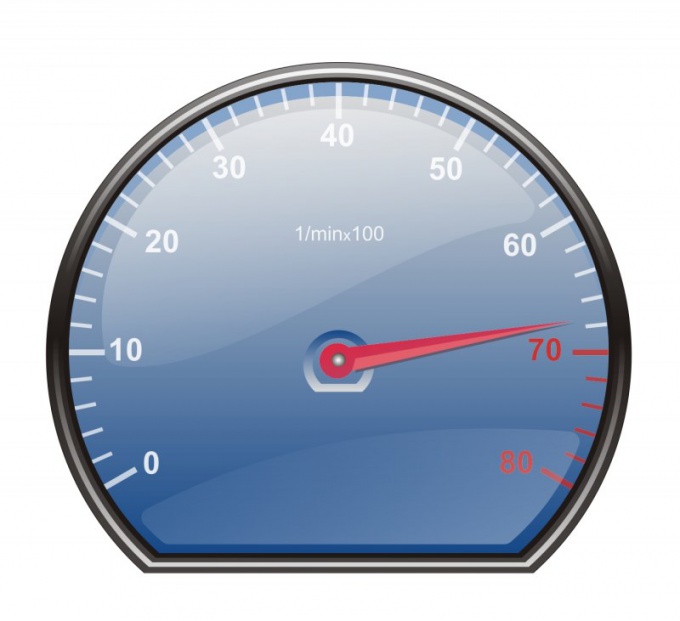You will need
- - tachometer;
- - the user manual for the tachometer;
- - insulated wire.
Instruction
1
Review the principle of operation of the tachometer. Most electronic and electro-mechanical tachometers read the number of pulses that come to the coil (petrol engines) or with a proper conclusion, marked “W” (in diesel engines). At identical engine speeds the number of pulses coming from the generator is about six times greater than the number of pulses coming to the coil. If you are unsure about the proper selection of the tachometer, check from the seller if this type of for your car.
2
Read the instructions on the use of the tachometer to understand the sequence of actions when installing and wiring the device. The principle of the connection of the tachometer in most cases, the following: wire black goes to ground, red for plus, green for rpm reading of the measured device.
3
If the vehicle is equipped with an electronic control unit, the green wire connect to the contact block, from which the momentum going on a regular tachometer. If the tachometer is not provided by the design of the car, find the contact, from which the output goes to the diagnostic block.
4
For the diesel engine there are special types of tachometers that connect directly to the generator. Look at the alternator terminal marked with the letter “W” and connect it to the input wire.
5
If the specified terminal of the alternator is missing, get her pre-insulated wire. Remove the alternator and disassemble it. You will see three wires extending from the windings to the built-in generator rectifier. To any of them attach the wire and take him outside. Assemble the generator, making sure that the new wire does not concern moving parts.
